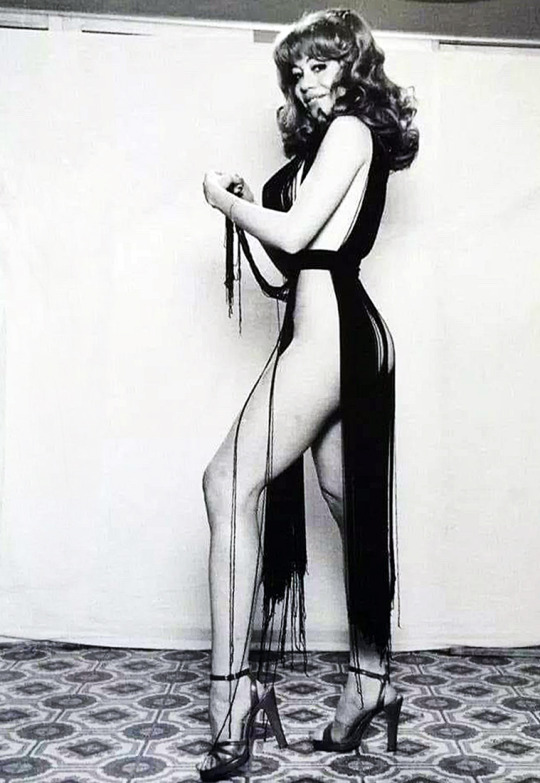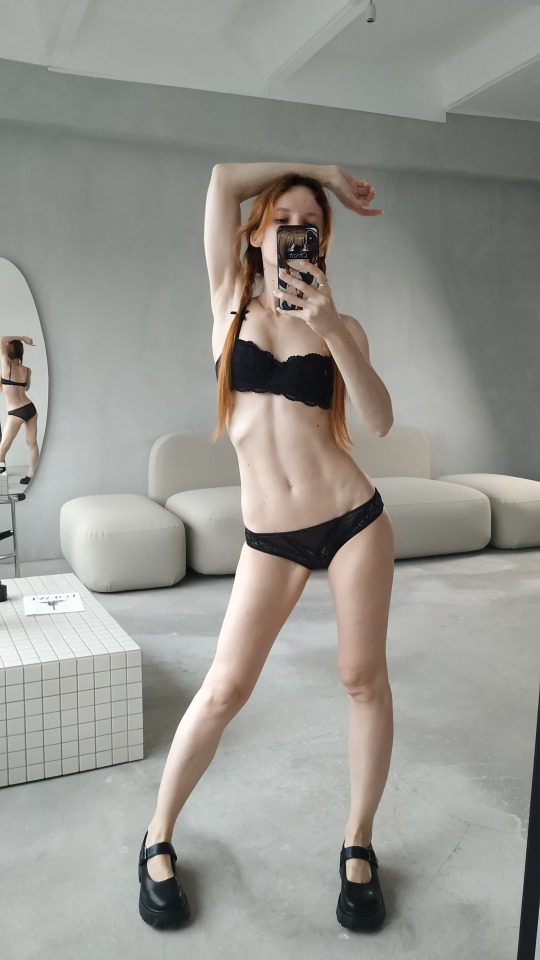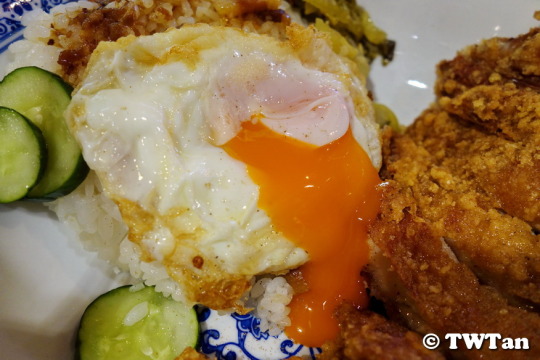#腿 Legs
Explore tagged Tumblr posts
Text

Kitten Natividad
203 notes
·
View notes
Text


59 notes
·
View notes
Text

室友进卫生间看到我在发骚,会不会传染给她╮(╯▽╰)╭
#foot#leg#母犬#舔穴#舔脚#足控#文爱#反差女#萝莉足控 萝莉御姐约炮 文爱 原味高跟鞋 原味黑丝 长腿 长腿 黑丝 腿模 腿部 腿袜 腿 腿照 母猪 南宁 马桶 艺术生 出卖 舞蹈 舞蹈约炮 舞蹈生 萝莉 小学生 全国交友 叫床 叫小姐
9 notes
·
View notes
Text
Mum only wants to eat the same tried and tested foods every time we went out but me and my trusty camera like to experience new dishes. We both love Feng Food (台湾味 “丰”) which sells Taiwan-style foods so that is a compromise.


Yeah, mum went for the same old Guan Miao Mian with Specially Marinated Pork Chop (猪排关庙面) at S$12.80+. Between this and the fried rice version, I preferred the latter as I am the “rice bucket” kind of guy. :D The pork chop is flavourful with the ginger seasoning coming through and the meat so tender and juicy.


As for me, I picked this limited Sunrise Crispy Chicken Cutlet Rice (日出鸡腿排饭). Limited as in they only have a fixed number of this S$13.80+ dish to sell each day. A big piece of boneless chicken leg fried crispy occupied one half of the bowl. The white rice is drizzled with the gravy from their braised pork and topped with an over easy egg. Coupled with two side dishes of pickled cucumbers and vegetables to complete the dish. Just from looking at it already makes your mouth waters.


#Feng Food#台湾味 “丰”#Taiwanese#Northpoint City#Guan Miao Mian#关庙面#Pork Chop#Noodles#Pickled Cucumbers#Spring Onions#Sunrise Crispy Chicken Cutlet Rice#日出鸡腿排饭#Fried Chicken#Boneless Chicken Leg#Crispy#Braised Pork Gravy#Over Easy Egg#Pickled Vegetables#White Rice#Food#Buffetlicious
41 notes
·
View notes
Text

丝袜勒肉~
#反差#foot#leg#白丝裤袜 白丝萝莉 白丝袜 肉丝袜 肉丝 肉丝丝足 恋物癖 护士约炮 护士 大学生兼职 学生约炮 学生丝袜 嫩b 少女 少女映画 萝莉幼女 足控 丝袜脚 高中生 高中女生 高中生约炮 高中制服#原味内裤#萝莉足控 萝莉御姐约炮 文爱 原味高跟鞋 原味黑丝 长腿 长腿 黑丝 腿模 腿部 腿袜 腿 腿照 母猪 南宁 马桶 艺术生 出卖 舞蹈 舞蹈约炮 舞蹈生 萝莉 小学生 全国交友 叫床 叫小姐#对镜自拍
53 notes
·
View notes
Text
I can't…!!!!!!

2 notes
·
View notes
Text

游戏有我好玩?哼╮(╯▽╰)╭
6 notes
·
View notes
Text
Bettie Page

317 notes
·
View notes
Text








冰人奧茲
Similaun man
同人創作 二次創作 漫畫
舞首
布魯瑪
headswap
長腿
long legs
1 note
·
View note
Text

Brigitte Bardot toes
(via)
14 notes
·
View notes
Text
Current family photo featuring two non-furby entities, flatbread (the arctic fox) and leggings (the arctic hare)

#furby#safefurby#allfurby#shaggy the boi#pancake batter juniper#lizzz Silvertongue#the wise fruit#random rat rattle#the two big bois’ names are actually 饼饼 and 腿腿 if anyone can read Chinese#leggings has his name from his ridiculously comical jellyfish legs which were blocked by Gold Lime in the picture
1 note
·
View note
Text
Hedy Lamarr, White Cargo (1942)

182 notes
·
View notes
Text

Found this on an old CD. Haven't seen it in 15 or 20 years. It was marked "Foothill Boulevard." No idea where it originally came from.
Anyone?
1 note
·
View note
Text
Mara Corday
(old friend of Clint Eastwood)

150 notes
·
View notes



